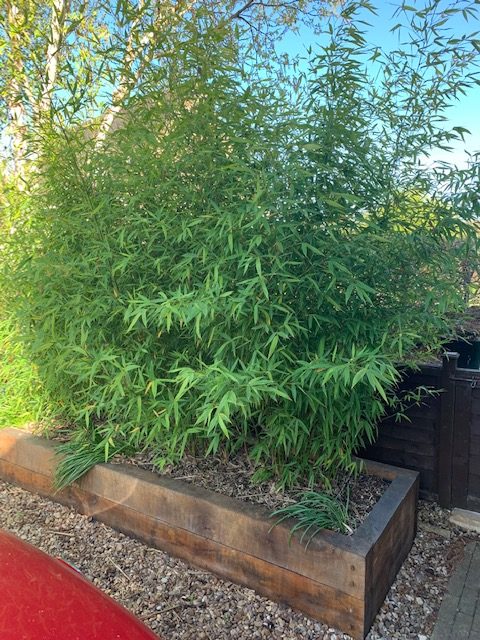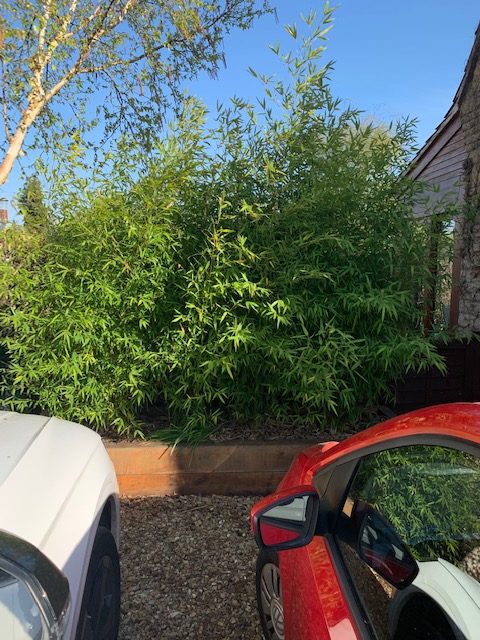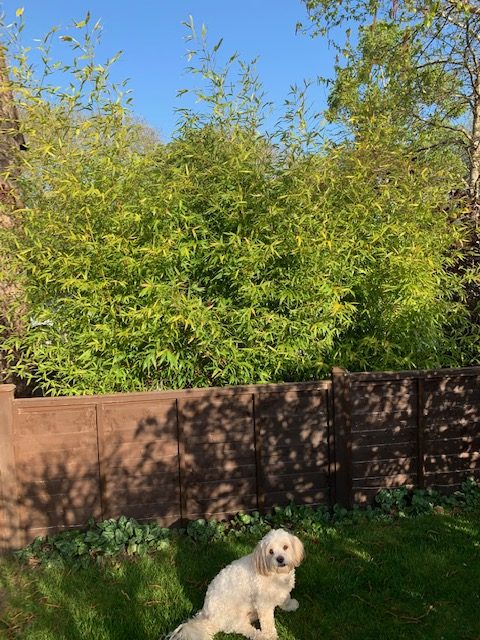How do I plant screening trees for privacy in containers?
It’s a question asked of us frequently but generally a tree confined to a life in a pot doesn’t work out well. The answer for you could be to create a raised planting bed. Our managing director, Mike Glover, was faced with challenge and used a raised planted to combat this issue.



How do I plant screening trees for privacy in containers?
It’s a question asked of us frequently but generally a tree confined to a life in a pot doesn’t work out well. Trees are big and complex organisms and their root systems need a lot of soil volume to colonize to maintain a mature canopy. It is estimated that a big tree such as an Oak or Hornbeam needs a minimum of 30m3 of soil for the roots to fulfil the tree’s potential. Even the smallest of trees such as a Crab Apple or Japanese Cherry would need 10m3.
And that’s a big pot if you want trees where there is no soil to plant them!
What happens if I keep my tree in a container?
Once a tree is confined within a container too small for it to grow, the roots circle within the confines to become a block of wood. The top of the tree lingers and slowly declines, looking ugly and not fulfilling your original objective. The root system also runs out of nutrients, and because the majority of the soil volume is taken up by root it is a devil to get the container to hold water, so the tree suffers with drought. To cap it all, in very cold winters the soil in the container freezes solid, as it is above ground and not insulated like soil under an expansive ground level. This leads to a condition where the tree ‘freezes dry’ in that the plant cannot take up water as it is all in the form of ice.
So, with all that in mind we don’t advise keeping trees confined in containers. It’s like keeping a tiger in a small cage and they are too precious a resource to mitigate against climate change to waste in this way. In our opinion!
But it’s not all doom and gloom, there is an answer!
What’s the solution?
The answer for you could be to create a raised planting bed. Our managing director, Mike Glover, was faced with challenge and used a raised planted to combat this issue.
He created an environment that held about 4m3 of Barcham Blend compost. It was fortunate that the planter went on top of free draining gavel as this wouldn’t work on tarmac or concrete. Eventually, in wet winters the planter would fill up with water if there was nowhere for it to go, and the plants within it would drown. The soil / compost you fill the planter with has to be coarse to avoid compaction. A fine compost / loam will gently settle over the years of watering to squeeze the oxygen out. Roots need water and oxygen blended in measure to thrive.
He filled his raised planter with one of our medium sized Phyllostachys aurea, Golden bamboo. This plant is very invasive, suckering up all over the place so it is perfect for the confines of a raised planter. It gave him day one screening and a year down the line it has made a tremendous difference to the privacy in the garden. The beauty of bamboo is that you can coppice it down to ground level in early April and it will regrow to over two metres again in a matter of months. When it gets too raggedy Mike will do this. If you do this on a three to five year cycle it retains a lush and great evergreen screen. And, importantly, sustainable for growing in the confines of a container or raised planter that holds a minimum of 3m3. The bigger your container is, the more soil volume it holds and the better your result.
More information about screening
To find out more about planting for screening, and our options for screening trees head to our advice page.
